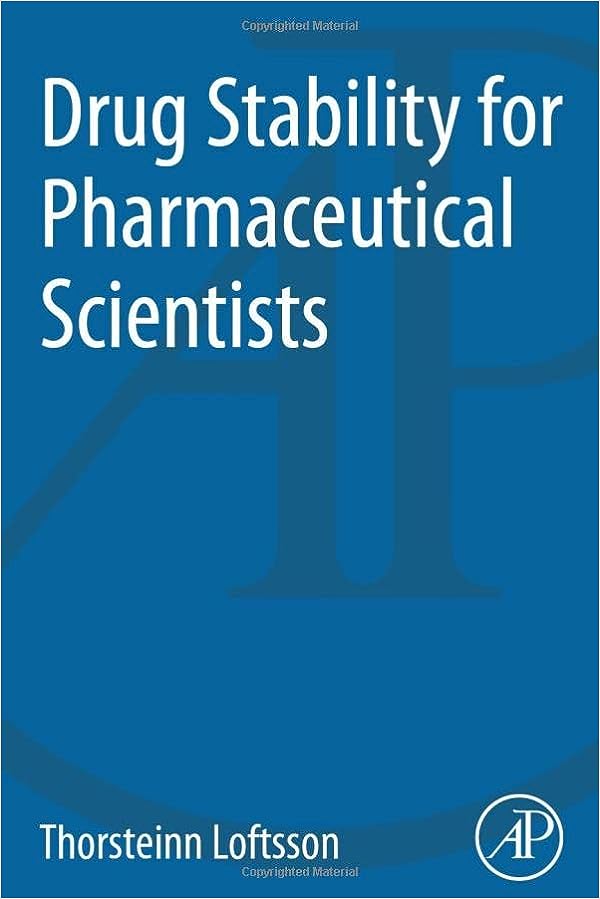Waiving Stability Testing for Certain Drug Products
Stability testing is a critical aspect of pharmaceutical development, ensuring product quality, safety, and efficacy over time. However, there are instances where regulatory authorities may allow the waiver of stability testing for specific drug products. In this discussion, I’ll explore the circumstances under which stability testing can be waived for certain drug products.
Regulatory Considerations
1. Established Scientific Justification: Regulatory agencies may consider waiving stability testing when there’s a scientifically sound rationale supported by data and relevant literature.
2. Established History of Safe Use: If the drug product has been on the market for an extended period
3. Minimal Degradation Pathways: If the drug product has a well-established formulation with minimal potential for degradation, stability testing may not be required.
Specific Situations
Stability testing can be waived for certain drug products
in the following scenarios:1. Immediate Use Products:
If the drug product is intended for immediate use and will not be stored for extended periods, stability testing may be waived.
2. Compounded Products:
Some compounded products, especially those prepared in small quantities for specific patients, may be exempt from stability testing due to their short intended use duration.
3. Well-Established Products:
If the drug product has been available on the market for a long time without stability-related concerns, stability testing may be waived based on historical data.
4. Low-Risk Products:
Low-risk products with minimal potential for degradation or changes may be eligible for stability testing waiver.
Regulatory Approval Process
When seeking a stability testing waiver, manufacturers typically need to:
1. Provide Data:
Submit comprehensive scientific data, including formulation details, manufacturing processes, and historical data supporting the stability of the product.
2. Justification:
Present a strong scientific rationale for why stability testing can be waived based on the specific characteristics of the drug product.
3. Regulatory Submission:
Include the request for a stability testing waiver in regulatory submissions, such as a New Drug Application (NDA) or Abbreviated New Drug Application (ANDA).
4. Regulatory Evaluation:
Regulatory authorities will review the submitted data, rationale, and historical information to determine whether the stability testing waiver is justified.
Conclusion
Stability testing can be waived for certain drug products under specific circumstances, supported by scientific data, historical information, and regulatory approval. Manufacturers must present a strong case and adhere to regulatory guidelines to demonstrate that the waiver is justified and that the product’s quality and safety will not be compromised.
